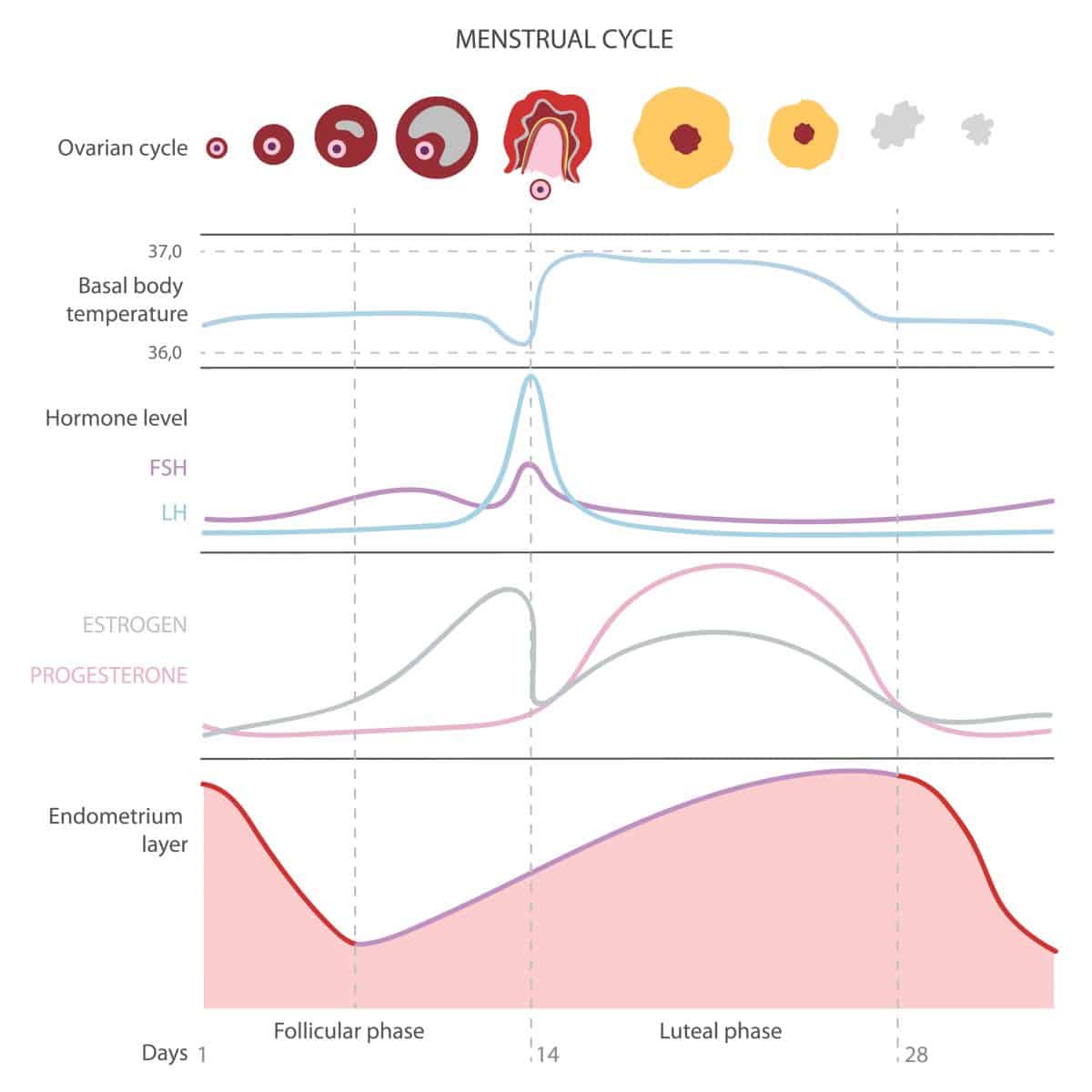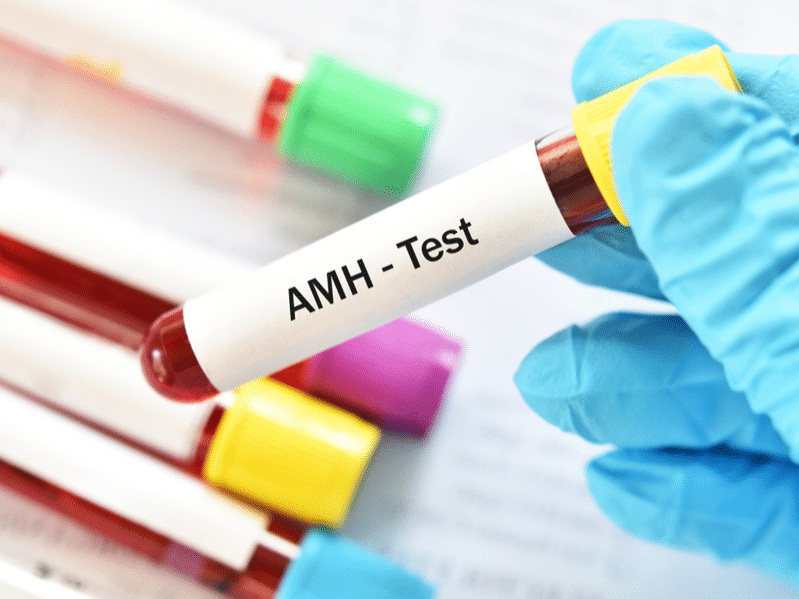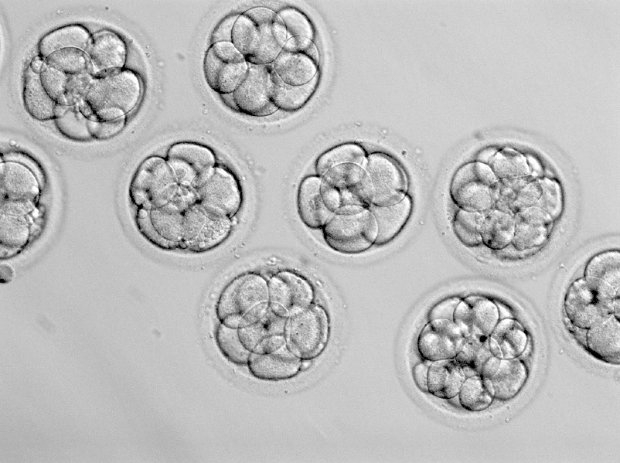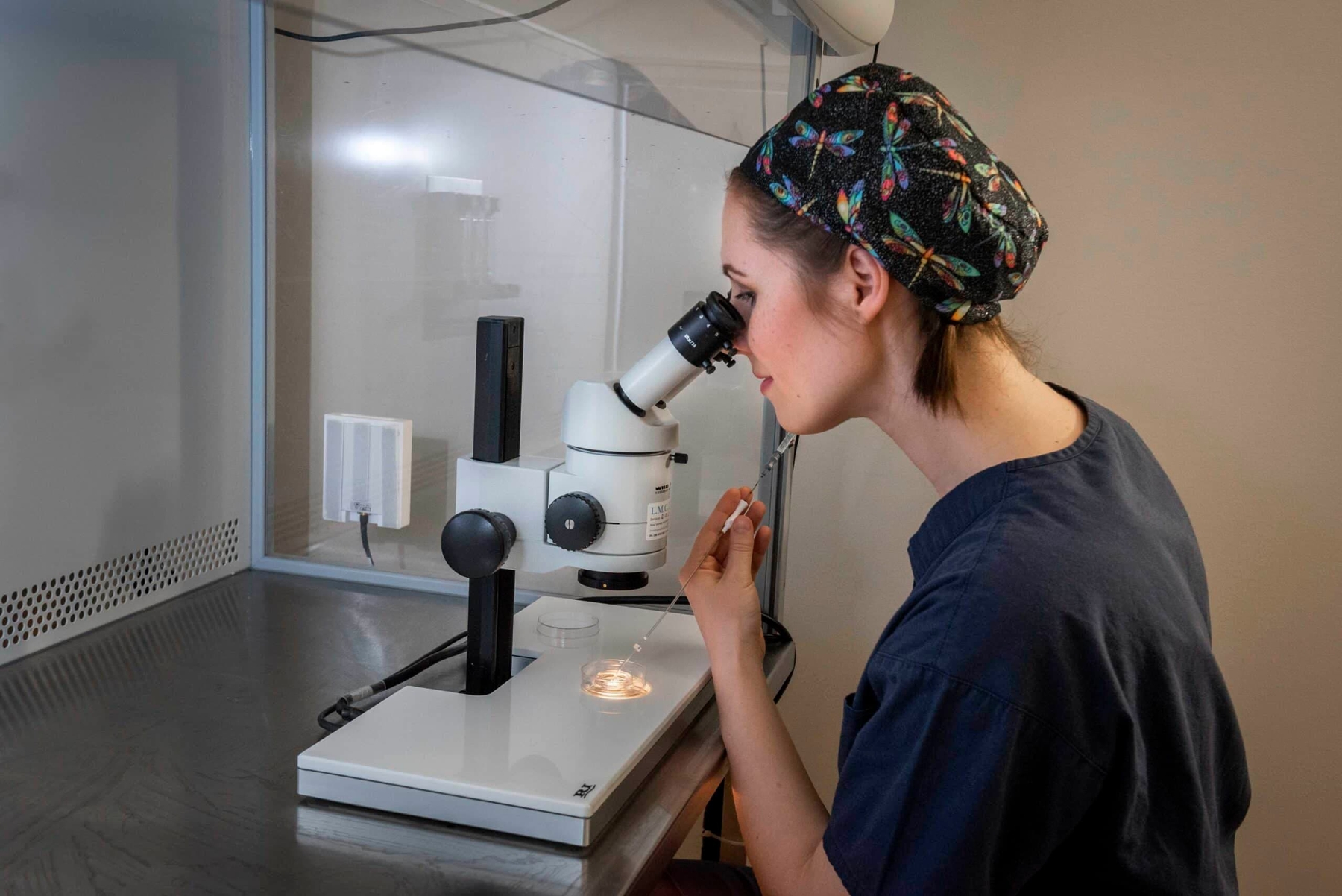Resources
How To Create An Ovulation Calendar

If you don’t already have one, you’re going to need a diary or a calendar.
One simple, solvable reason you may not be getting pregnant naturally is an error in timing – i.e. not having sex at the right time in your cycle. Start paying close attention to your body. The more familiar women are with their monthly cycle the easier many find it to get pregnant.
An average menstrual cycle lasts around 28 days, but this is different for every woman. Mark on your calendar the first day of heavy bleeding in your menstrual period if it comes before 12:00 pm. This is referred to as Day 1 in your cycle. If your bleeding comes after 12:00 pm, the following day becomes Day 1. Your cycle length is then the number of days until your next period comes.
What to record:
- Day 1: First day of heavy bleeding before 12pm; or the following day if bleeding was after 12pm the day before
- Number of days of bleeding
- Approximate day number of ovulation (more information to follow)
- Last day before next period (this determines your cycle length).
Record your cycles from now on – once is not enough to get a clear picture. It’s a valuable diagnostic tool if you discover that your periods are irregular, as it can be a symptom of particular conditions that cause infertility.
You should also record when you appear to be ovulating, because you need to have sex in the days prior to and during ovulation to fall pregnant.
Ovulation
There are a few key changes in your body that will suggest you are ovulating:
- A fall in resting body temperature, followed immediately by an increase in resting body temperature (this will be helpful to you after you’ve charted your temperature for a few months)
- Your cervical mucas (vaginal discharge) takes on a more clear and stretchy, “egg white” appearance. If you try to stretch it between two fingers, it should be stringy and elastic. When you are not about to ovulate, it is generally more creamy and thick, and will not stretch.
- A softening and opening of the cervix (the entry point to the uterus at the top of the vagina).
- Some women experience sharp abdominal pain on the day of ovulation.

The above provides a rough guide to determining your monthly cycle and the time of ovulation. There are many apps and expensive devices available today that will use more or less this same information, but for many people the DIY method will do the job.
For a more reliable picture of your menstrual cycle, you can have what is known as a ‘tracking cycle’ performed, otherwise commonly known as cycle tracking. This involves a fertility specialist monitoring your hormone levels with blood tests throughout your cycle. As you can see in the chart pictured, certain hormones experience significant changes around ovulation. This produces a far more accurate result, and gives you the best chance to get the timing right.
Cycle tracking is generally our first step when treating new patients, so that they can have every opportunity to achieve a natural pregnancy before stepping up to more intense procedures. If you’d like to find out more, call or email the clinic today.
Email: admin@fertilitynorth.com.au
Call: (08) 9301 1075





